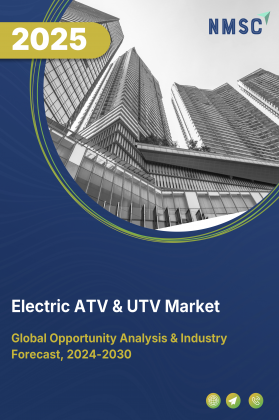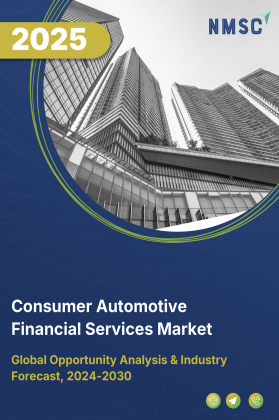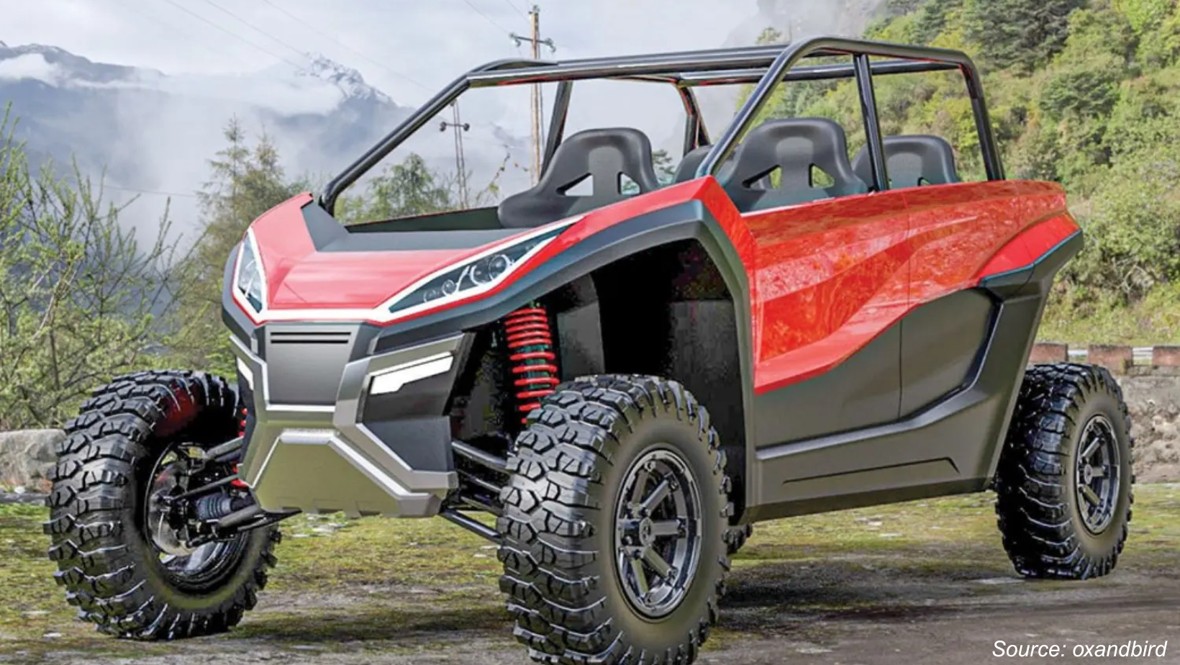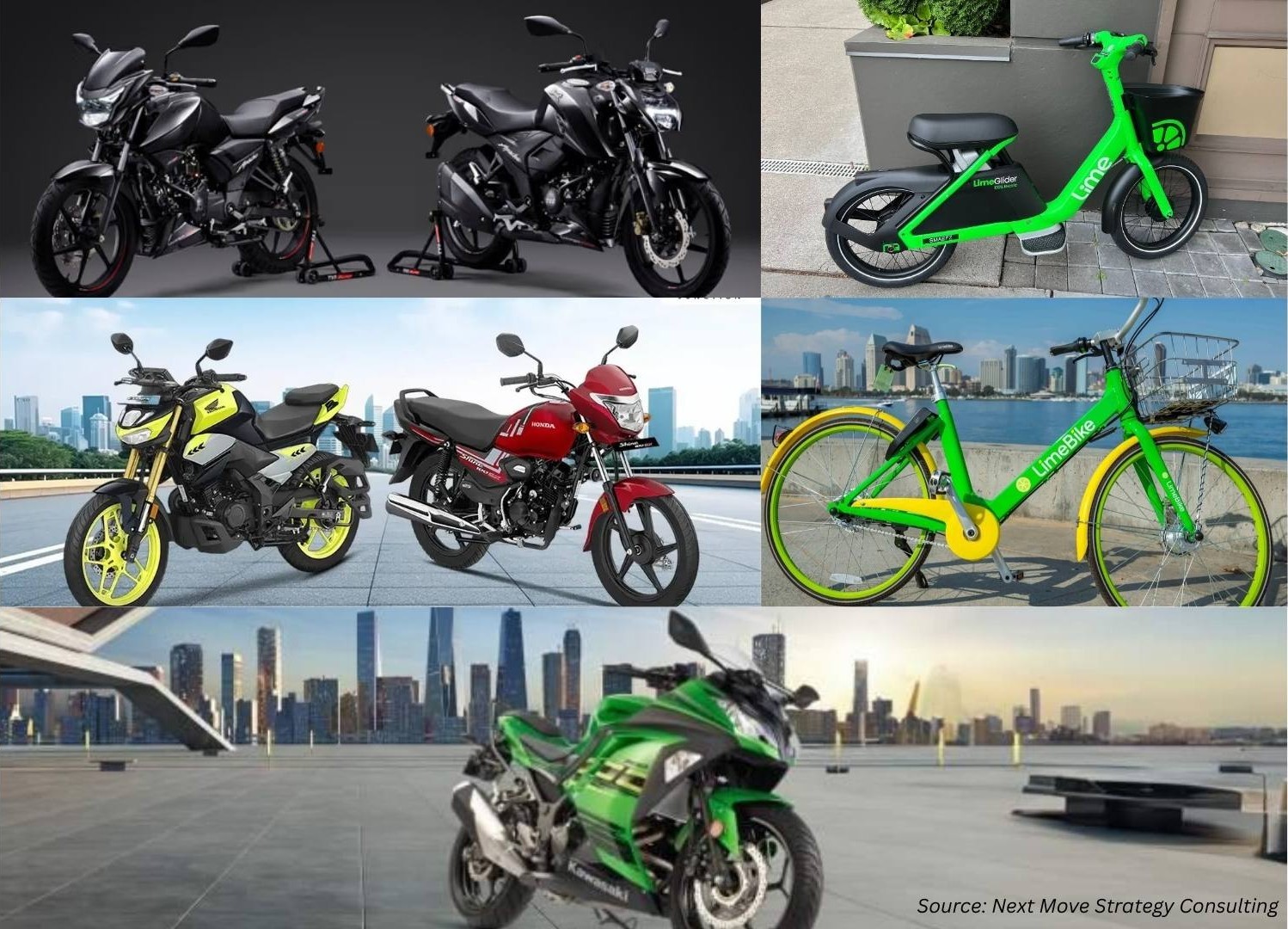
Automotive Vehicle to Everything Market by Offering (Hardware and Software), by Connectivity Type (DSRC and C-V2X), by Communication Type (Vehicle to Vehicle, Vehicle to Infrastructure, Vehicle to Pedestrian, and Others), by Vehicle Type (Passenger Cars and Commercial Vehicles), by Unit Type (Onboard Unit and Roadside Unit), and by End Users (Personal, and Industrial)–Global Opportunity Analysis and Industry Forecast 2024-2030
Market Definition
The Automotive Vehicle to Everything Market size was valued at USD 1.92 billion in 2023 and is predicted to reach USD 21.22 billion by 2030 with a CAGR of 40.99% from 2024-2030.
Automotive Vehicle to Everything (V2X) refers to communication technology that allows vehicle to communicate with other vehicles (V2V), infrastructure (V2I), pedestrians (V2P), and other entities such as cyclists or road signs (V2X). Adoption of automotive V2X technology enable road safety, traffic efficiency, and overall driving experience vehicles by exchange of information regarding speed, position, direction, and other relevant data. The advantage of automotive V2X lie in its ability to enhanced safety through real-time communication between vehicles and infrastructure, leading to reduction in accidents and improve driver awareness. Traffic efficiency is improved through adoption of automotive V2X by optimizing traffic flow and minimizing congestion, ultimately saving time and fuel. Automotive V2X facilitates faster emergency response by integrating seamlessly with existing infrastructure and promise a future of safe interconnected transportation systems.
Market Dynamics and Trends
The rising demand of electric vehicle is driving the demand of automotive V2X market. Electric vehicles are often equipped with advanced driver assistance systems (ADAS) that accelerates the demand of automotive V2X as it supports autonomous driving by enabling communication between vehicles and infrastructure.
According to World Economic Forum Report, 2022, global electric vehicle sale increased by 60% in 2022. Rising EVs sale accelerates demand of automotive V2X as it optimizes charging schedules, and supports autonomous driving by enhancing communication among vehicles and infrastructure to allow smooth self-driving experience.
Additionally, the rising rate of road accidents is fuelling the demand for automotive V2X market. Automotive V2X enable sharing of data about vehicle speed, position, and direction, to users to identify potential hazards and take proactive measures to avoid accidents accelerating its demand in the market.
According to Centre of Disease Control and Prevention Report, 2023, every year around 1.35 million people are killed in road accidents around the world. The rising rate of road accidents necessities the adoption of automotive V2X by leveraging real-time communication to prevent accidents, protect vulnerable road users, and enhance emergency response capabilities.
Moreover, the growing advancement in connected vehicle technologies significantly increase the demand for automotive V2X. As connected vehicle technologies evolve, they offer more sophisticated communication capabilities, such as higher data transfer speeds, improved reliability, and reduced latency.
These developments is accelerating the demand for automotive V2X technology, that enables vehicles to exchange a larger volume of data with each other, infrastructure, and other road users in real-time. However, automotive V2X technology involves real-time exchange of data between vehicles and infrastructure, raising privacy concerns among users regarding potential risks such as hacking, spoofing, and other cyber threats that acts as major constraints in growth generation of the market.
On the other hand, the integration of edge computing and artificial intelligence (AI) in automotive V2X to process and analyse vast amount of data in real-time is expected to generate significant growth opportunities for the market in the forthcoming years.
Market Segmentation
The automotive V2X market is segmented on the basis of offering, connectivity type, communication type, vehicle type, unit type, end users and region. On the basis of offering the market is divided into hardware and software. On the basis of connectivity type, the market is bifurcated into DSRC and C-V2X. On the basis of communication type, the market is divided into vehicle to vehicle, vehicle to infrastructure, vehicle to pedestrian and others. On the basis of vehicle type, the market is divided into passenger cars and commercial vehicles. On the basis of unit type the market is divided into, onboard unit and roadside unit. On the basis of end users, the market is divided into personal and industrial. Regional breakdown and analysis of each of the aforesaid segments include regions comprising North America, Europe, Asia-Pacific, and RoW.
Geographical Analysis
Asia Pacific holds the dominant share in the automotive V2X market and is projected to maintain its dominance throughout the forecast period. The adoption of government regulation towards smart vehicle strategy in the countries such as China, Japan, and India are accelerating the demand of automotive V2X. Automotive V2X enable smart vehicles to access real-time traffic updates, navigation assistance, and personalized content to enhance the overall driving experience.
In 2020, China adopted Smart Vehicle strategy to develop its own standards for autonomous vehicles by 2025, and transform the country's automotive industry by introducing connected cars in the market. The adoption of advanced automotive technology by regional governments, such as smart vehicle strategies, accelerates the demand for automotive V2X. This technology facilitates the exchange of a larger volume of data among vehicles, infrastructure, and other road users in real-time.
Moreover, the rising rate of road accidents in the region is accelerating the demand of automotive V2X market. Automotive V2X helps to detect potential hazards, such as collisions, road obstacles, or sudden braking, and issue warnings to drivers to take corrective actions accelerating its demand in the region.
According to the Ministry of Road Transport and Traffic report, 2021, India accounts for 1 out of 10 people killed on roads across the world with a total number of around 4,12,432 road accidents reported in 2021. Adoption of automotive V2X helps to reduce the number of accidents on Indian roads by enabling vehicles to communicate with each other and the surrounding infrastructure in real-time, accelerating its demand in the region.
On the other hand, the North America region is expected to show a steady rise in the automotive V2X market. This is attributed to the significant growth of electric vehicle market in countries such as U.S. and Canada. Electric vehicles are part of the broader ecosystem of smart grids that propels the adoption of automotive V2X technology that allows EVs to communicate with the grid, enabling features such as vehicle-to-grid (V2G) and vehicle-to-home (V2H) functionalities.
According to the report of International Council of Clean Transportation, 2024, U.S. witnessed around 1 million EVs sale in 2023. The surge in the growth of EVs in the region necessities the adoption of automotive V2X as it facilitates bidirectional energy flow and support grid stability accelerating its demand in the market.
Moreover, implementation of new regulations for vehicle technology such as ADAS and anti-lock braking systems is further driving up the demand for automotive V2X in the region. Advanced vehicles use sensors and cameras to spot nearby objects and dangers, boosting the need for automotive V2X as it offers real-time data from other vehicles, infrastructure, and road users, to improve detection accuracy.
According to United Nations Economic Commission for Europe, 2024, Canada adopted regulation for automated driving functionalities, such as advanced driver assistance systems, and automated driving system across the automotive industry of the country. New regulations promoting vehicle technology advancements accelerates the demand for automotive V2X, as it provides accurate real-time data to improve driver awareness.
Competitive Landscape
The automotive V2X industry comprising of various market players such as Qualcomm Incorporated, Autotalks, Harman International Inc., Quectel Wireless Solutions Co. Ltd., Hyundai Mobis Co. Ltd., Denso Corporation, Continental AG, LG Electronics Inc., TTTech Auto AG and Harman International Industries Inc. These market players are adopting various strategies including product launches and business partnership to stay competitive and maintain their market positions.
For instance, in August, 2023, Hyundai Mobis collaborated with Autotalks to implement cutting-edge V2X technology for connected cars. This collaboration aimed to enhance communication between vehicles and their surroundings, enabling safer and more efficient transportation systems.
Further, in July, 2023, TTTech Auto collaborated with ZettaScale to launch an in-vehicle V2X (Vehicle-to-Everything) service that marked a significant development in the automotive V2X market. This partnership aimed to bring advanced connectivity solutions to vehicles and enabled seamless communication with other vehicles and infrastructure for enhanced safety and efficiency.
Moreover, in November, 2022, Quectel launched the C-V2X (Cellular Vehicle-to-Everything) module AG18, designed to enhance driving safety and efficiency by enabling seamless communication between vehicles and infrastructure. This product launch represented a notable contribution to the automotive V2X market, offering improved connectivity solutions for safer and more efficient transportation systems.
Key Benefits
-
The report provides quantitative analysis and estimations of the automotive V2X market from 2024 to 2030, which assists in identifying the prevailing market opportunities.
-
The study comprises a deep dive analysis of the automotive V2X market including the current and future trends to depict prevalent investment pockets in the market.
-
Information related to key drivers, restraints, and opportunities and their impact on the automotive V2X market is provided in the report.
-
Competitive analysis of the players, along with their market share is provided in the report.
-
SWOT analysis and Porters Five Forces model is elaborated in the study.
-
Value chain analysis in the market study provides a clear picture of roles of stakeholders.
Key Market Segments
By Offering
-
Hardware
-
Software
By Connectivity Type
-
DSRC
-
C-V2X
By Communication Type
-
Vehicle to Vehicle
-
Vehicle to Infrastructure
-
Vehicle to Pedestrian
-
Others
By Vehicle Type
-
Passenger Cars
-
Commercial Vehicles
By Unit Type
-
Onboard Unit
-
Roadside Unit
By End Users
-
Personal
-
Industrial
By Region
-
North America
-
The U.S.
-
Canada
-
Mexico
-
-
Europe
-
The UK
-
Germany
-
France
-
Italy
-
Spain
-
Denmark
-
Netherlands
-
Finland
-
Sweden
-
Norway
-
Russia
-
Rest of Europe
-
-
Asia Pacific
-
China
-
Japan
-
India
-
South Korea
-
Australia
-
Indonesia
-
Singapore
-
Taiwan
-
Thailand
-
Rest of Asia Pacific
-
-
RoW
-
Latin America
-
Middle East
-
Africa
-
REPORT SCOPE AND SEGMENTATION:
|
Parameters |
Details |
|
Market Size in 2023 |
USD 1.92 Billion |
|
Revenue Forecast in 2030 |
USD 21.22 Billion |
|
Growth Rate |
CAGR of 40.99% from 2024 to 2030 |
|
Analysis Period |
2023–2030 |
|
Base Year Considered |
2023 |
|
Forecast Period |
2024–2030 |
|
Market Size Estimation |
Billion (USD) |
|
Growth Factors |
|
|
Countries Covered |
28 |
|
Companies Profiled |
10 |
|
Market Share |
Available for 10 companies |
|
Customization Scope |
Free customization (equivalent up to 80 working hours of analysts) after purchase. Addition or alteration to country, regional, and segment scope. |
|
Pricing and Purchase Options |
Avail customized purchase options to meet your exact research needs. |
KEY PLAYERS
-
Qualcomm Incorporated
-
Autotalks
-
Harman International Inc.
-
Quectel Wireless Solutions Co. Ltd.
-
Hyundai Mobis Co. Ltd.
-
Denso Corporation
-
Continental AG
-
LG Electronics Inc.
-
TTTech Auto AG
-
Harman International Industries Inc.




















 Speak to Our Analyst
Speak to Our Analyst

























